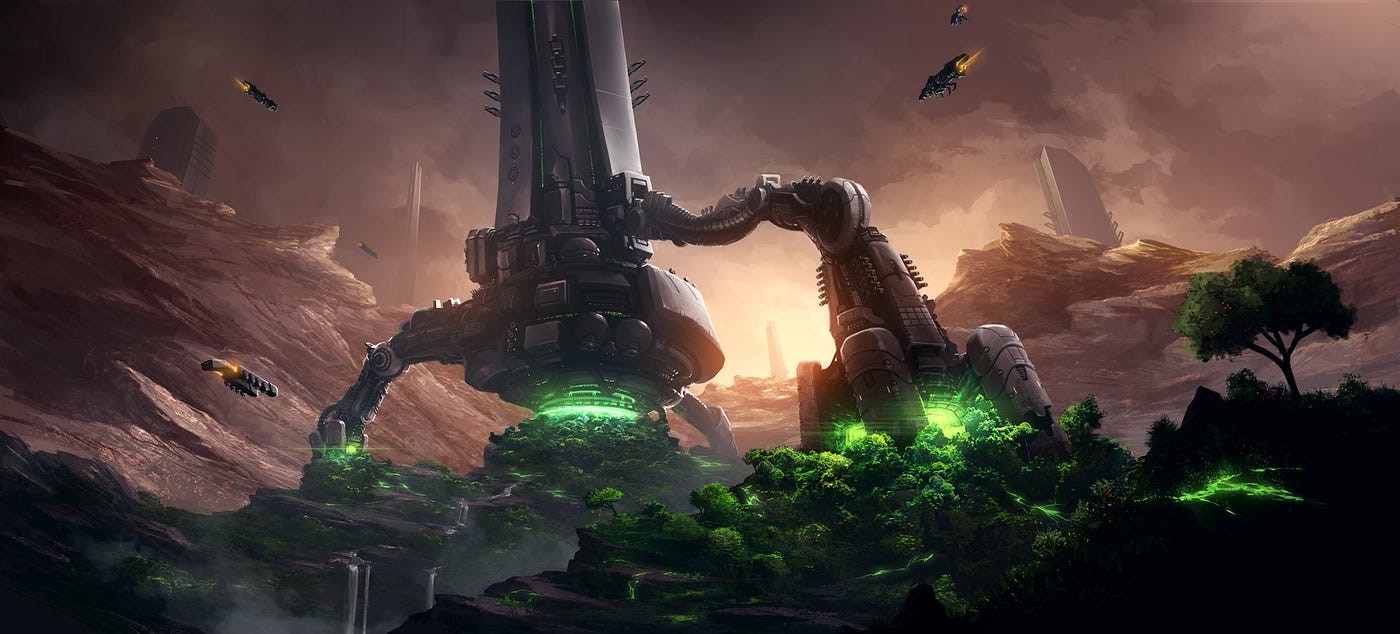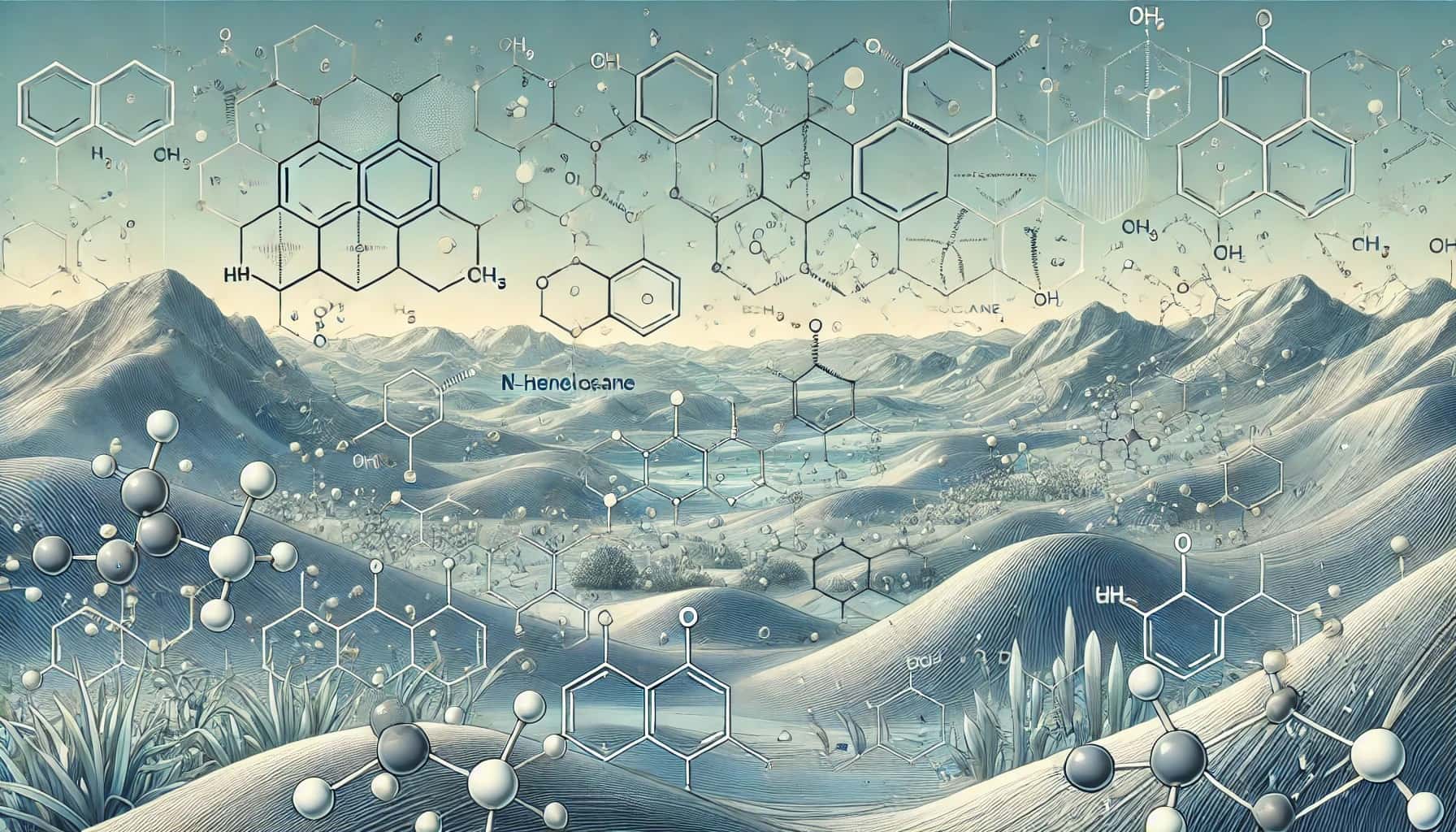
Terraforming might sound like science fiction, but it's a topic that captures the imagination of scientists, writers, and dreamers alike. Imagine transforming the harsh, lifeless surfaces of planets like Mars or Venus into habitable worlds where humans could live and thrive. This concept isn't just for storytelling; it's grounded in real scientific principles and innovative ideas. From adjusting atmospheres to introducing life-sustaining water, terraforming presents a fascinating blend of challenges and possibilities. In this post, we'll uncover 20 intriguing facts about terraforming, shedding light on how this ambitious endeavor could turn science fiction into science fact. Whether you're a space enthusiast or simply curious about the future of human exploration, these insights will broaden your understanding of what it takes to reshape a planet.
What is Terraforming?
Terraforming, or Earth-shaping, involves modifying another planet's environment to make it habitable for Earth's life forms, primarily humans. This concept, once pure science fiction, has sparked interest among scientists and space enthusiasts alike as humanity looks to the stars for future homes.
- Terraforming originates from the Latin words 'terra', meaning Earth, and 'formare', meaning to shape or form.
Potential Targets for Terraforming
Mars and Venus are the most discussed targets for terraforming due to their similarities and proximity to Earth. Each presents unique challenges and opportunities for making them more Earth-like.
- Mars has water ice and carbon dioxide, essential for creating an atmosphere and liquid water.
- Venus, despite its extreme temperatures and atmospheric pressure, has a similar gravity to Earth, making it an intriguing candidate.
Methods of Terraforming
Several hypothetical methods have been proposed to terraform planets, each with its own set of technological and ethical challenges.
- For Mars, one idea involves releasing greenhouse gases to warm the planet and melt the ice caps, creating water and a thicker atmosphere.
- Another method suggests using mirrors in space to direct sunlight to the planet's surface, increasing temperature gradually.
Ethical Considerations
Terraforming raises significant ethical questions, particularly concerning the potential destruction of pristine planetary environments and the unknown consequences of such large-scale environmental modifications.
- Critics argue that terraforming could lead to unforeseen ecological impacts, similar to those caused by human activity on Earth.
Technological Challenges
The technology required for terraforming is beyond our current capabilities, and the scale of the project would be unprecedented.
- Creating a breathable atmosphere on another planet would require vast amounts of resources and energy, posing a significant challenge.
- The process could take centuries or even millennia, requiring sustained effort across generations.
Economic Implications
The cost of terraforming projects would be astronomical, raising questions about the allocation of resources.
- Funding such endeavors could divert resources from solving pressing issues on Earth, like poverty and climate change.
Terraforming in Popular Culture
Terraforming has been a popular theme in science fiction, often depicted as humanity's future frontier.
- Science fiction works, like Kim Stanley Robinson’s Mars trilogy, have explored the social, ethical, and technical aspects of terraforming.
The Future of Terraforming
While terraforming remains a distant dream, advancements in technology and our understanding of the universe could bring it within reach.
- Innovations in space travel and habitat construction are laying the groundwork for future terraforming efforts.
- International collaboration and public interest in space exploration are increasing, potentially accelerating terraforming research.
Mars: A Closer Look
Mars is often considered the most viable candidate for terraforming due to its similarities to Earth and evidence of past water flow.
- The presence of frozen water and carbon dioxide ice at the poles offers raw materials for creating an atmosphere and liquid water.
- Mars' day length is very similar to Earth's, making it more conducive to Earth-like life cycles.
Venus: A Challenging Prospect
Venus presents a more formidable challenge due to its thick atmosphere and surface conditions.
- Techniques for cooling the planet and reducing atmospheric pressure would need to be developed for terraforming Venus.
- Despite the challenges, Venus' proximity and size make it an enticing target for future terraforming projects.
Ethical Debate Continues
The debate over the ethics of terraforming is ongoing, with strong arguments on both sides.
- Some see terraforming as an essential step for human survival and expansion into the universe.
- Others caution against playing god with other worlds, advocating for the preservation of their natural states.
Looking Ahead
As we continue to explore our solar system and beyond, the concept of terraforming will likely evolve, influenced by new discoveries and technological advancements.
- The potential for terraforming to create new homes for humanity in the cosmos is a compelling vision that drives scientific inquiry and imagination.
- Ongoing research into extreme environment adaptation, closed ecological systems, and space colonization will inform future terraforming efforts, making the dream of transforming alien worlds into habitable planets a bit closer to reality.
Terraforming: A Glimpse Into Humanity's Future
Terraforming, transforming distant planets into habitable worlds, is no longer confined to the realm of science fiction. Advances in technology and space exploration have brought us closer to making this dream a reality. From adjusting atmospheres to introducing life-sustaining water and plants, the process involves complex and innovative strategies. Mars, with its similarities to Earth, stands as the prime candidate for terraforming, sparking debates and research on how to make it a second home for humanity. As we stand on the brink of potentially expanding human life beyond Earth, ethical, environmental, and technical challenges loom large. Yet, the pursuit of terraforming continues to inspire, pushing the boundaries of what's possible and reminding us of the incredible potential of human ingenuity and determination.
Was this page helpful?
Our commitment to delivering trustworthy and engaging content is at the heart of what we do. Each fact on our site is contributed by real users like you, bringing a wealth of diverse insights and information. To ensure the highest standards of accuracy and reliability, our dedicated editors meticulously review each submission. This process guarantees that the facts we share are not only fascinating but also credible. Trust in our commitment to quality and authenticity as you explore and learn with us.


